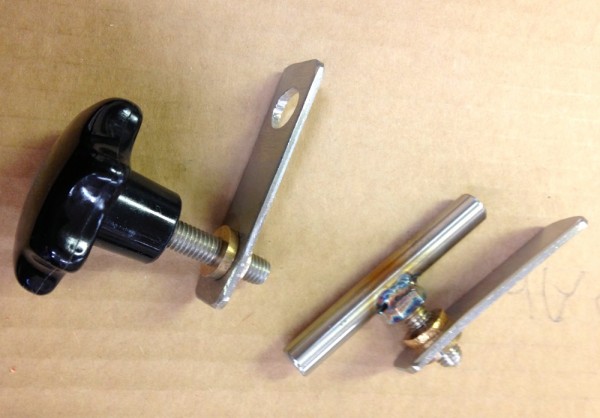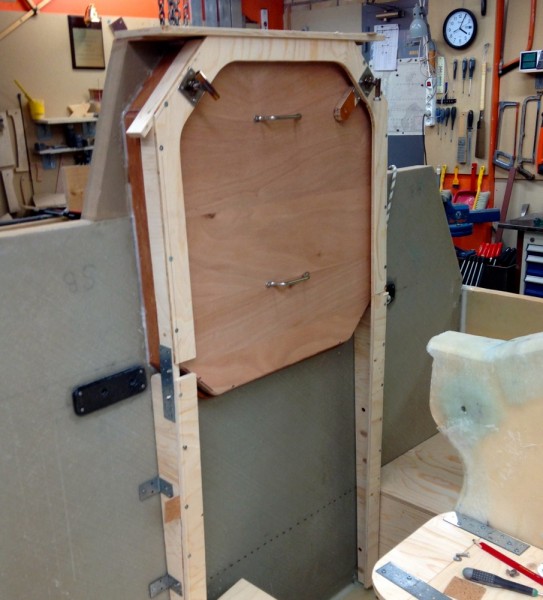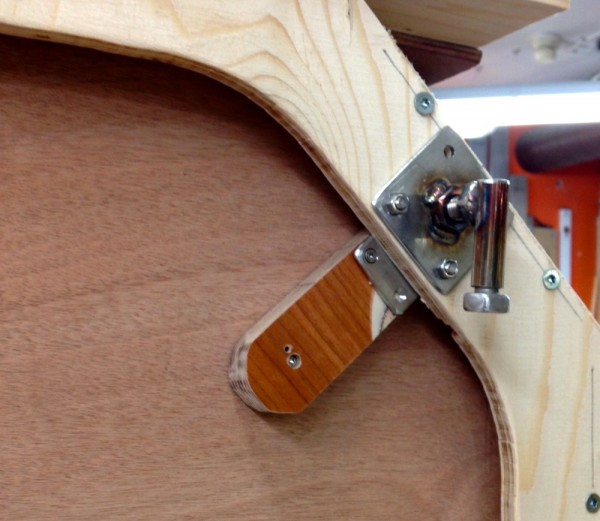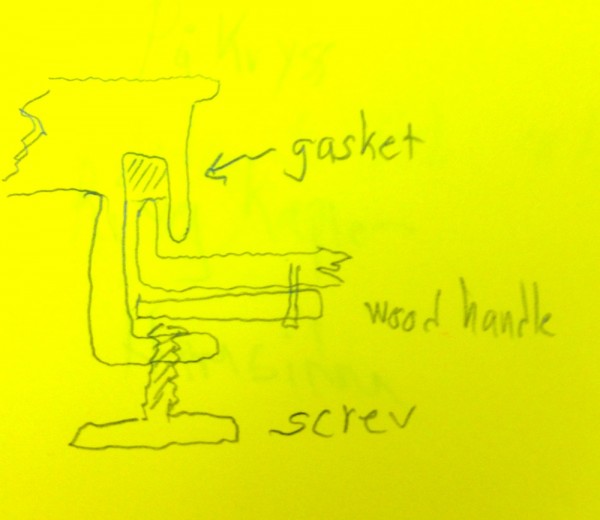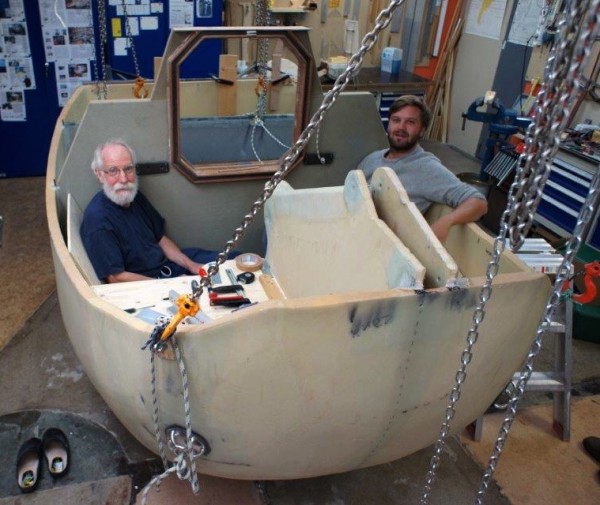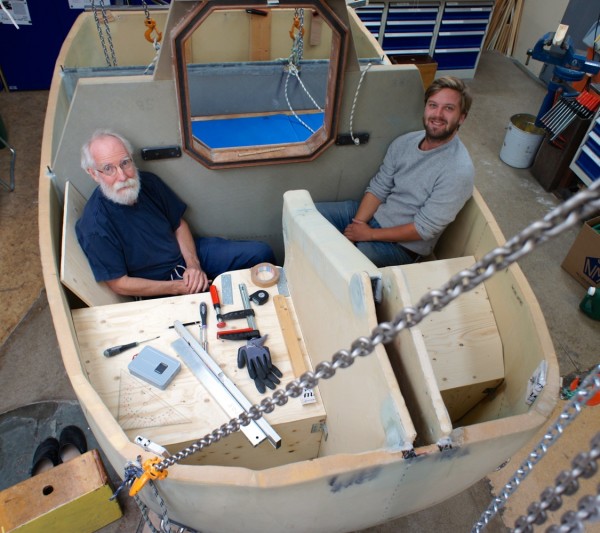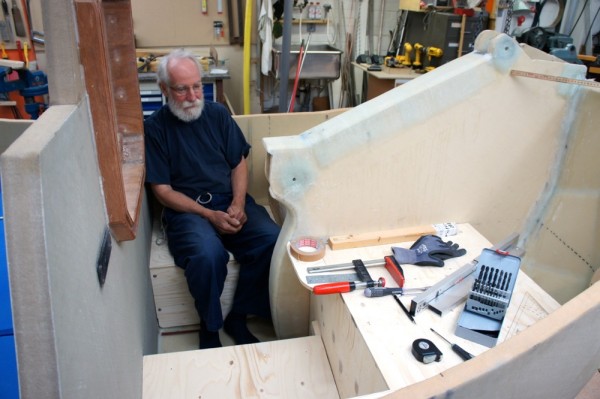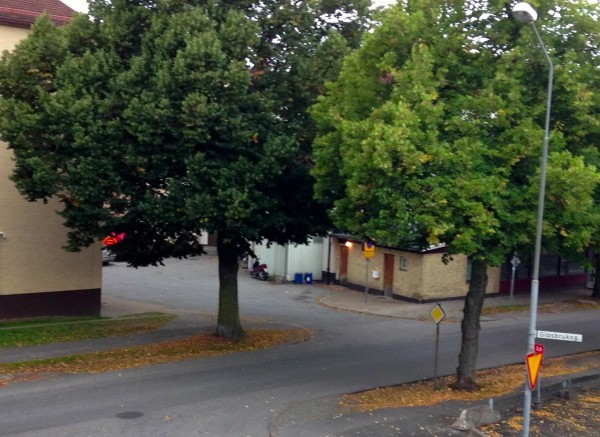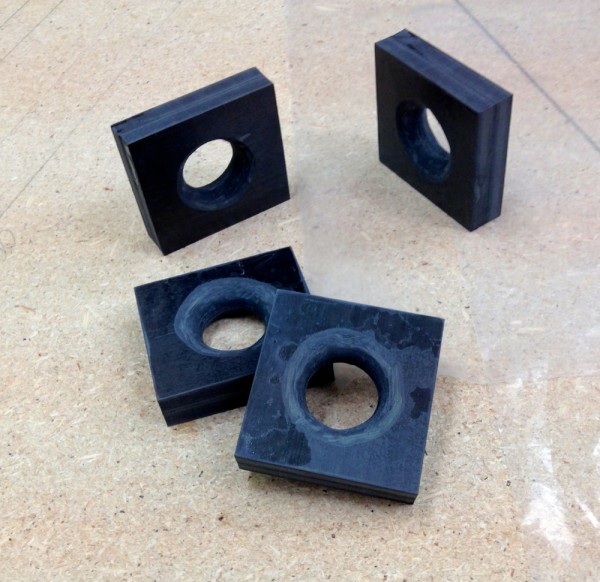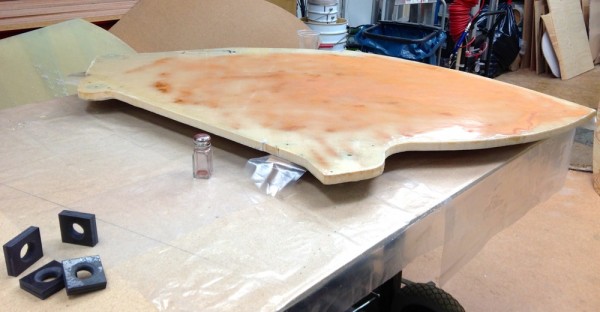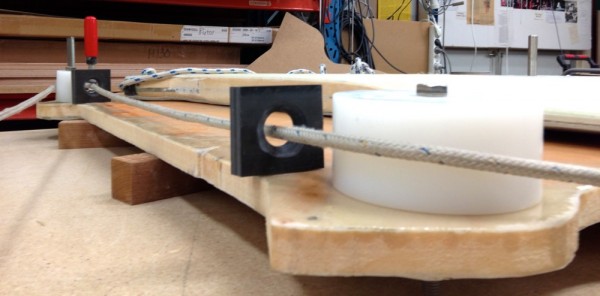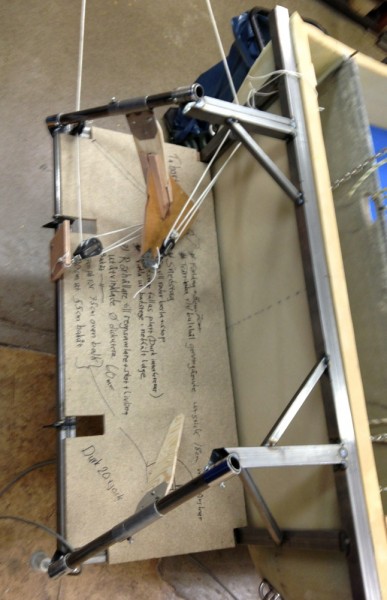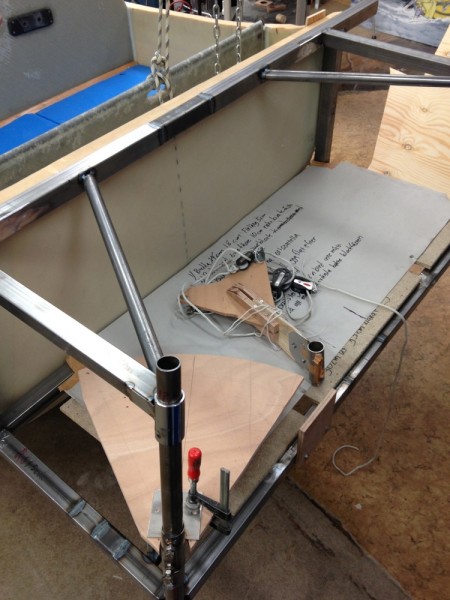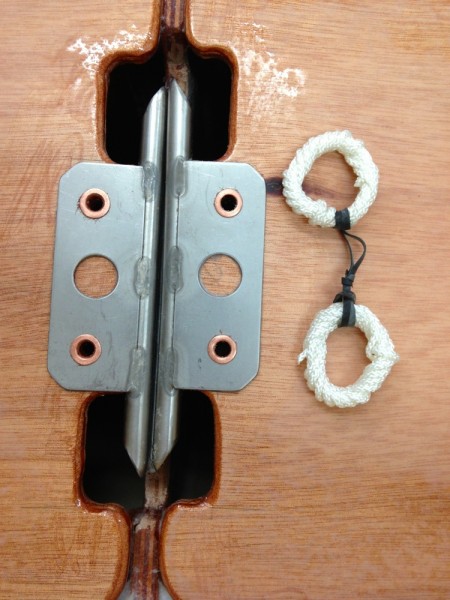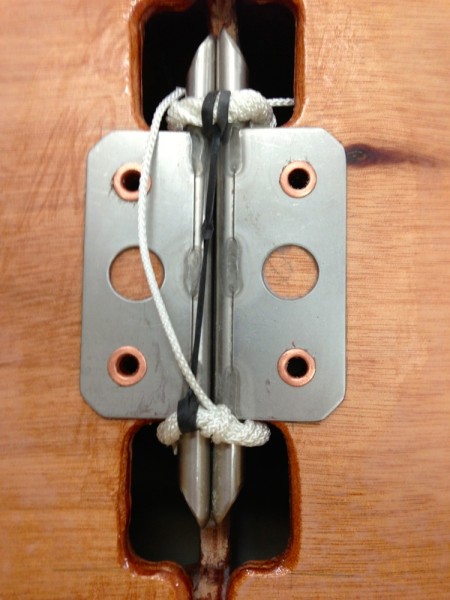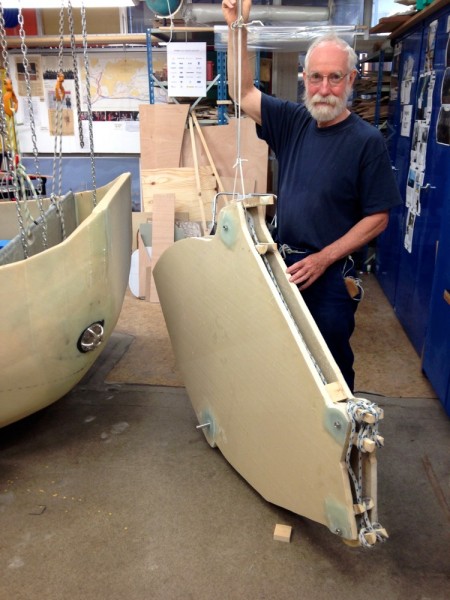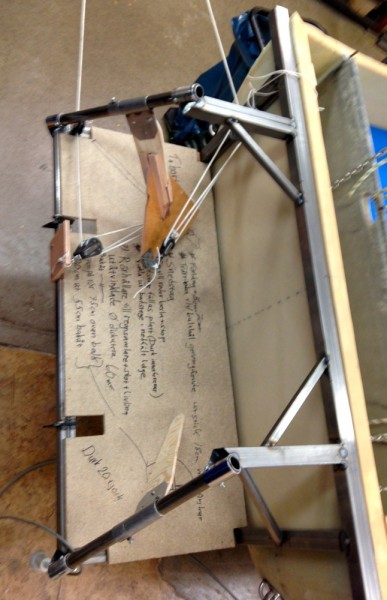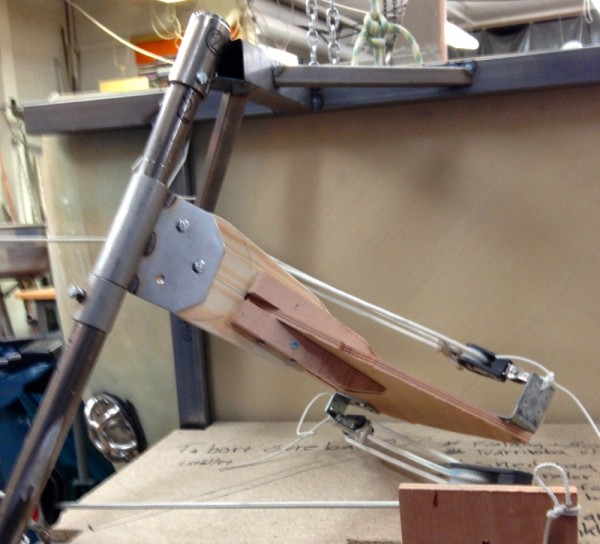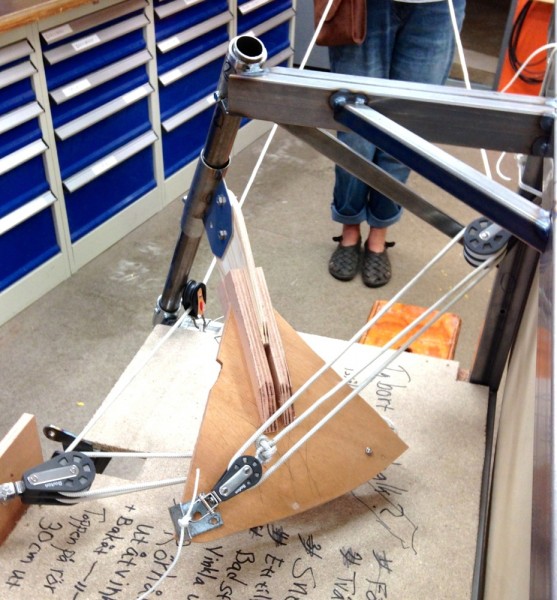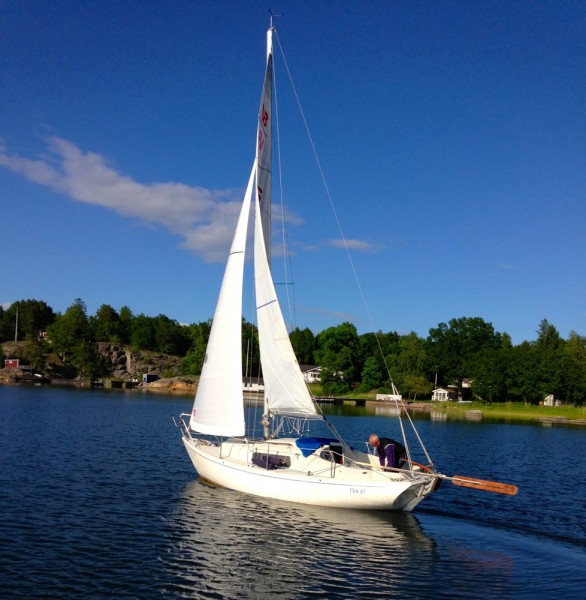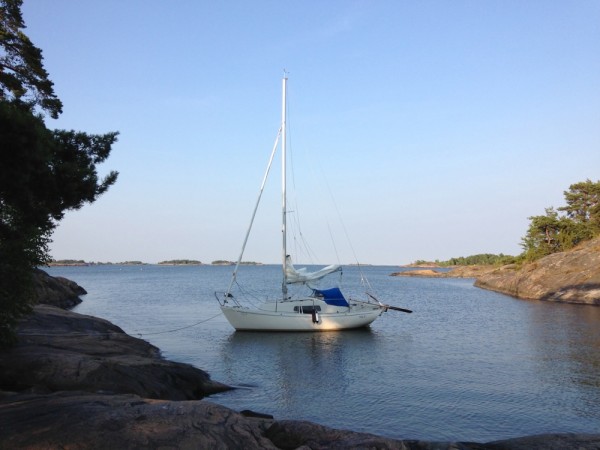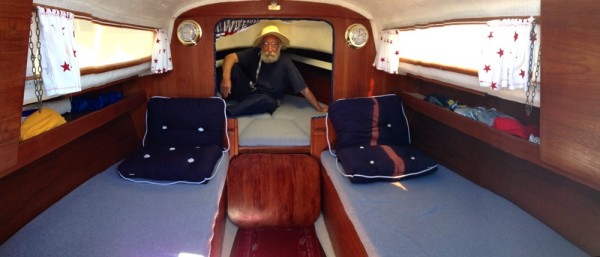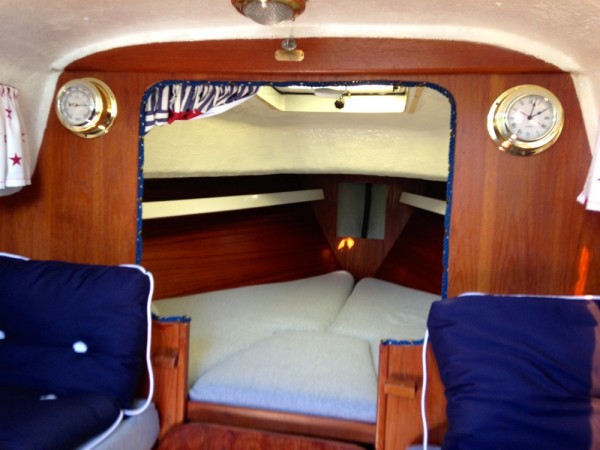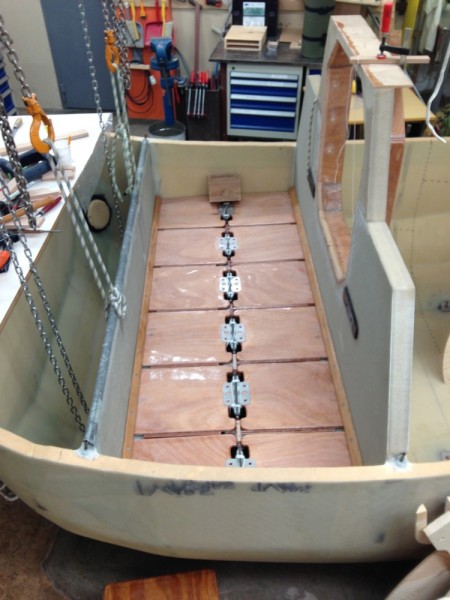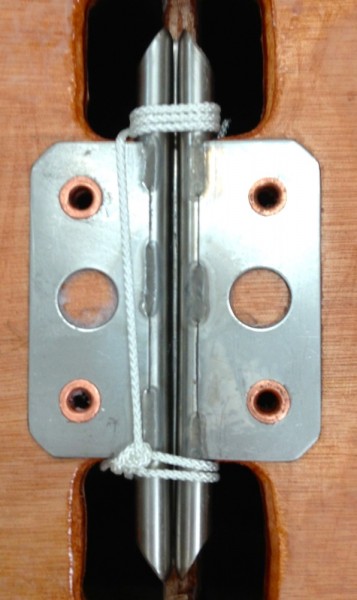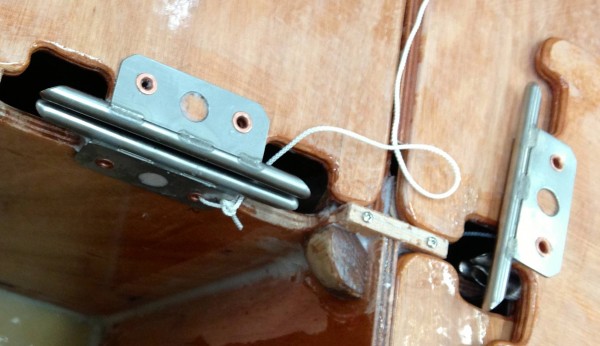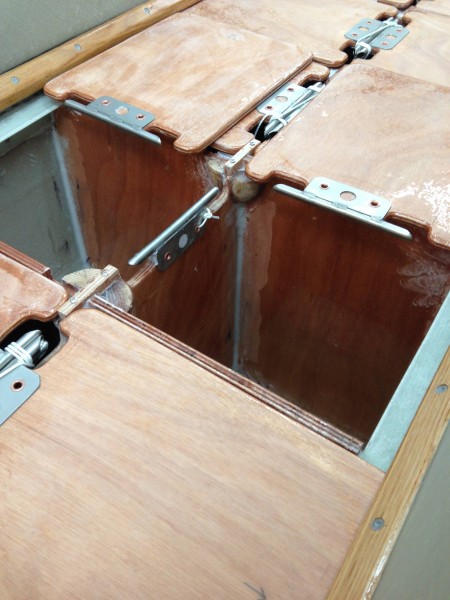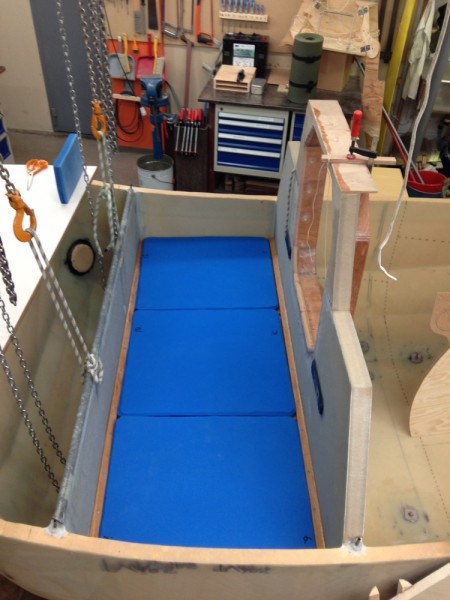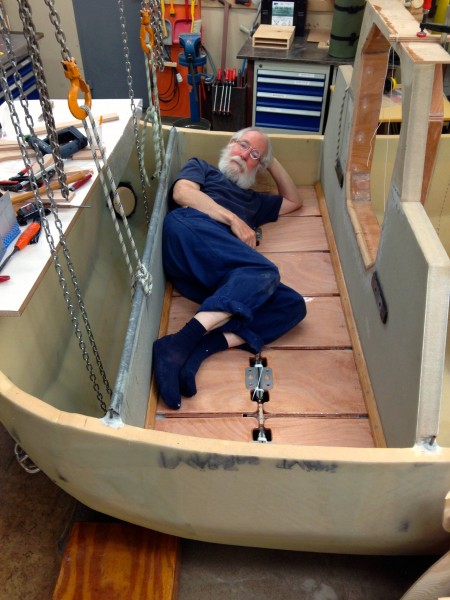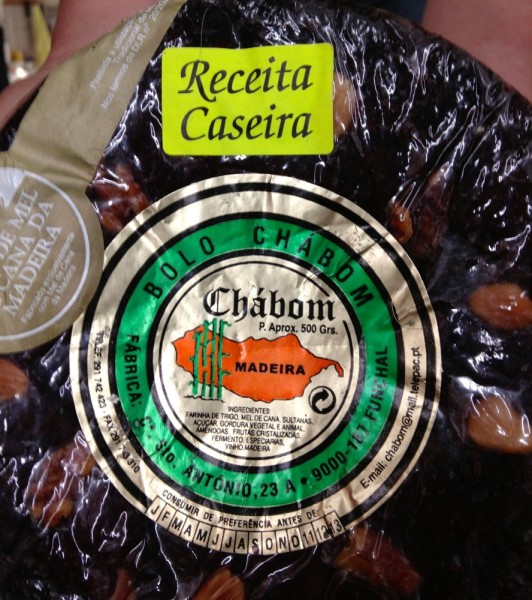For some time now I have been experimenting with hatches and their locking devices. I have made some progress.
The reason I am so thorough is that I plan to use the same system of hatches and the samen layout of the interior but modified on the next boat. Yrvind Ten has turned out to be a very sympathetic boat so far and I have kind of fallen in love with her. Her only fault is that she is slow. That can problem easily be resolved by keeping the displacement but making her longer. But of course then she would be able to set a world record for shortness.
Being faster she would not need to have so much loading capacity for a given distance. The length displacement increases with the cube so a longer waterline quickly pays dividend. For example increasing her from ten feet to 18 will decrease the displacement length ratio from 868 to 162 (I include a displacing bolted on bathing platform) the lower number the faster boat.
Below are pictures of my experiments. They are to be continued until I am satisfied. Click once or twice to enlarge.
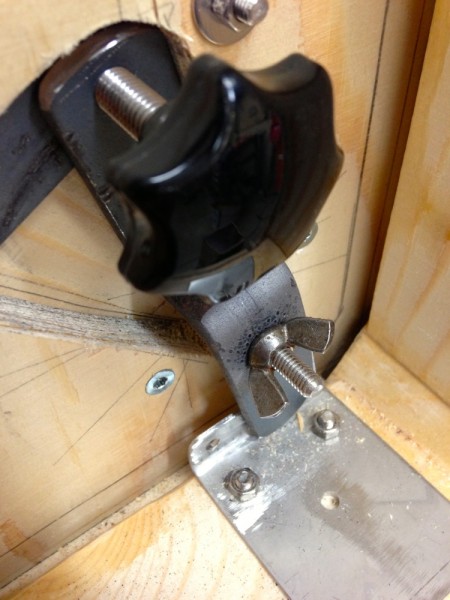
Stainless steel against stainless steel can seeze up so in the pictures below i have pressed aluminum bronze threads into the fitting to reduce friction.
Tuesday 15 of October I will be interviewed on the Swedish national radio P1 at 16:30, world events permitting.
Wednesday 16 of October I will give an public illustrated talk in Trosa at Folkets Hus 19:00
http://trosa.com/event/foredrag-med-sven-yrvind/
Friday 18 October 13:00 I will give a talk at Bergslagens Industridag Göransson Arena in Sandviken
Then it is back to more experiments.
To be continued…
Regards Yrvind.

